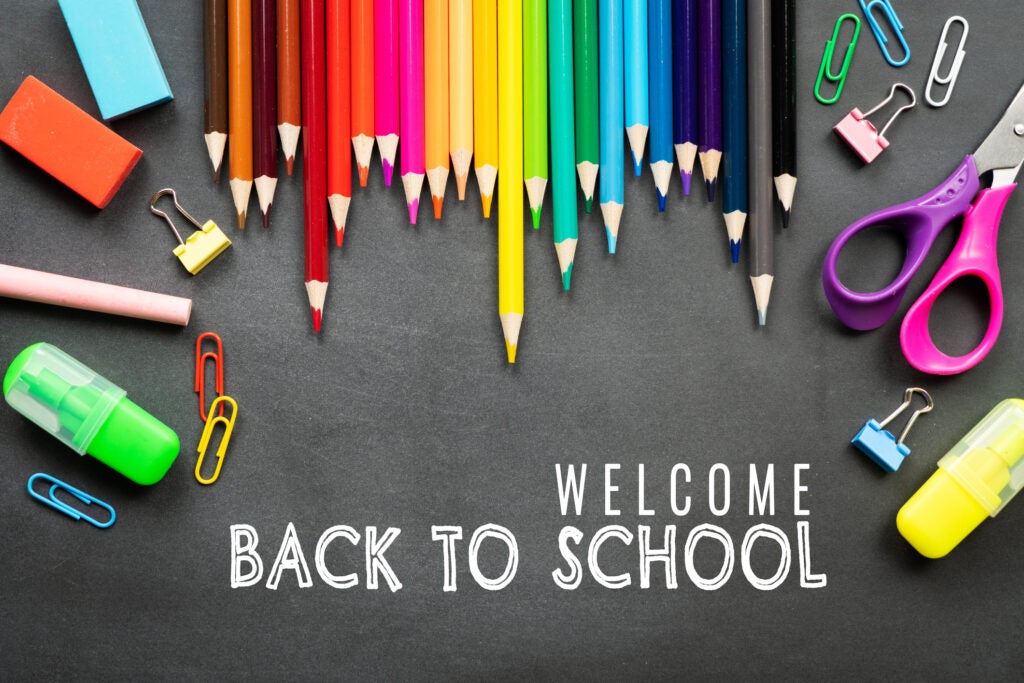
As we prepare for what for many students will be their first return to full-time in person classroom learning after being stuck at home for more than a year, expect anxiety. Some kids will be anxious to get back to the classroom and play with their friends. Some kids will be anxious about leaving home after so long, or about what school will be like, or about starting school for the first time.
Anxiety is usually about uncertainty, not knowing what to expect. Parents can help their children cope with this by communicating with their child’s school and teacher so they know what to expect. Find out what the routine will be at school. How will drop off work? Will parents have to leave younger children at the curb or will they be able to walk them to their classroom door? Be sure to attend open house so your child will know what their classroom will look like and can meet their teacher. Help your child know what to expect.
Establish a new routine. Gradually begin to return students’ bedtimes to those they will have once school starts a few weeks early. Be sure to incorporate calming and nurturing activities into bedtime routine and morning routine so your children don’t leave the house stressed and frantic after a chaotic morning rush. Sometimes having a child get up a few minutes earlier and rewarding them with a short YouTube video if they are ready before it is time to leave can reduce dawdling. Do something to make the first day special whether it’s a new outfit, a new backpack, cooking their favorite breakfast, or just packing a snack with a post it to remind them you love them!
Recognize and validate your child’s emotions. Younger children may not be able to name their feelings but may express them by stomachaches, irritability, clinginess, whining, or agitation. It helps to name those emotions, and acknowledge how they make sense. Be sure to end on a positive note by expressing confidence that they will be able to manage it and reassuring them that you and other adults are going to be there to help them.
Finally, teach your child some skills for calming down. Mindfulness, deep breathing, and paying attention to the senses are time-honored techniques for slowing down the body and the mind. Children can learn how to do deep breathing by practicing blowing big soap bubbles blowing out soft and slow or by alternating pretending to deeply smell a flower and then blow out a candle. Having children pay attention to each of their senses or even building a sensory stimulation coping kit may be helpful and is commonly used for children on the autistic spectrum, with sensory integration issues, with ADHD, and for anxiety. Mindfulness videos and apps abound, and children do best when their parents engage in these practices with them since children under 12 rely on caregivers to help them co-regulate. It also helps you to calm down since you might be a bit anxious about your kids going back to school as well!This blog written by CHA Senior Clinician Max McIntosh.
